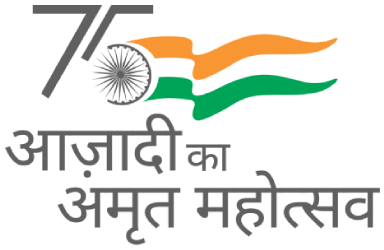Kumar Ashwini, Shehnaj Ahmed Pathan, Briti Sundar Sil
Department of Civil Engineering, National Institute of Technology, Silchar, 788010, India.
Received on: August 14, 2020
Revised on: September 6, 2020
Accepted on: September 10, 2020
ABSTRACT
Cachar district is one of the most populated districts of Assam, India. The region has been exposed to frequentcatastrophic flood during monsoon which is responsible for sufferings of the community. The uncertain or shiftingpattern of rain in recent times apart from usual monsoon has further escalated the woes of this area. The LOOK EASTPOLICY and quest for the development of this part is causing rapid industrialisation and urbanisation, which demandsan additional source of freshwater opposed to traditional demand in irrigation and other domestic needs in this region.This demand for freshwater is vertical in the graph and continuously rising. Consequently, the source of freshwater inthe area is depleting and further mismanagement will be devastative for resources of water in the entire district. Tosatisfy the demand and to ensure sustainable development in the region, there is an urgent need for its conservation andmanagement aimed to ameliorate water resources. With this idea behind the present investigation is to pinpoint floodrisk zones as well as to demonstrate the variability in groundwater prospects in Cachar District, using geospatialtechnology. The study is based on thematic maps of Land Use/Land Cover (LULC), elevation, soil type, rainfall,lineament density, drainage density, slope, and aspect in a Geographical Information System (GIS) environment. Thegroundwater potential zone (hereinafter, GWPZ) areas have been classified into five zones, viz; Very low, Poor,Moderate, Good, and Very Good. About 74.37% of the total area comes under Moderate GWPZ. To identify Flood Riskareas, the whole district has been categorised into Very Low, Low, Moderate, High, and Very High, risk flood zones.About 50.47% of the total area of Cachar District has been found under Moderate flood risk zone. The study at handmay help decision-makers in identifying the GWPZ and earmarking High-Risk Flood Zones for the planning ofintegrated water resources management.
Keywords: Cachar District; Groundwater Potential Zone; Remote sensing; Flood Risk Zone; GIS

